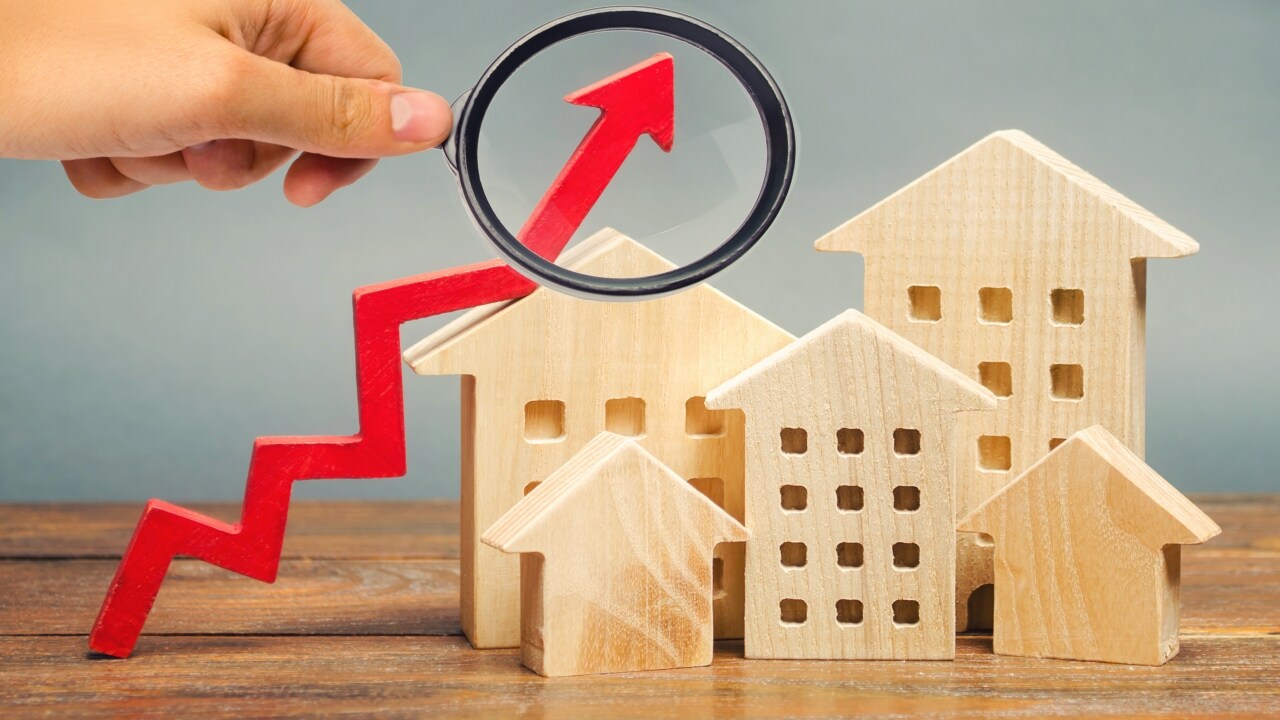Silver's Dual Role
Silver holds a significant place in Indian culture, finding its way into households for various purposes. It's more than just an investment; it's part
of traditions, such as coins purchased during Dhanteras, small bowls used in rituals, and jewelry given at weddings. Silver is also heavily used in the industrial world. This duality makes silver prices more sensitive to economic fluctuations because of its larger industrial usage. These fluctuations are influenced by international market trends, demand from industries, and the Indian rupee's exchange rate against the dollar. This means that the price of silver is constantly in motion.
Price Volatility Factors
Unlike gold, silver is subject to more volatility because of its wide industrial application. The metal is used in manufacturing solar panels, mobile phones, and even electric vehicles. This industrial demand, coupled with its cultural significance, causes silver prices to react more readily to economic changes. Additionally, global market movements, changes in industrial consumption, and the value of the rupee versus the dollar all play vital roles in determining the current price of silver. This mix leads to more price movement compared to gold. Moreover, its extensive industrial application contributes to a higher level of volatility compared to gold.
Regional Price Variations
Silver prices aren't uniform across India, and variations exist from one city to another. For instance, the price of silver in Delhi might not match the rates in Chennai or Mumbai. These differences stem from local taxes, transportation costs, and profit margins of jewelers, which can impact the final price. These price differences can be significant when purchasing larger quantities or investing in bars or coins. Therefore, when buying silver, it's important to consider the rates specific to your location.
Why Track Silver?
Keeping track of silver prices is important for various reasons. For many, it's about upholding long-standing traditions and cultural practices, while others consider it a strategic investment opportunity. For most individuals, it encompasses both aspects. Silver serves as a valuable tool for both cultural and financial decisions. By staying informed on the current silver prices, individuals can make well-informed decisions, whether they are motivated by tradition or investment goals.














